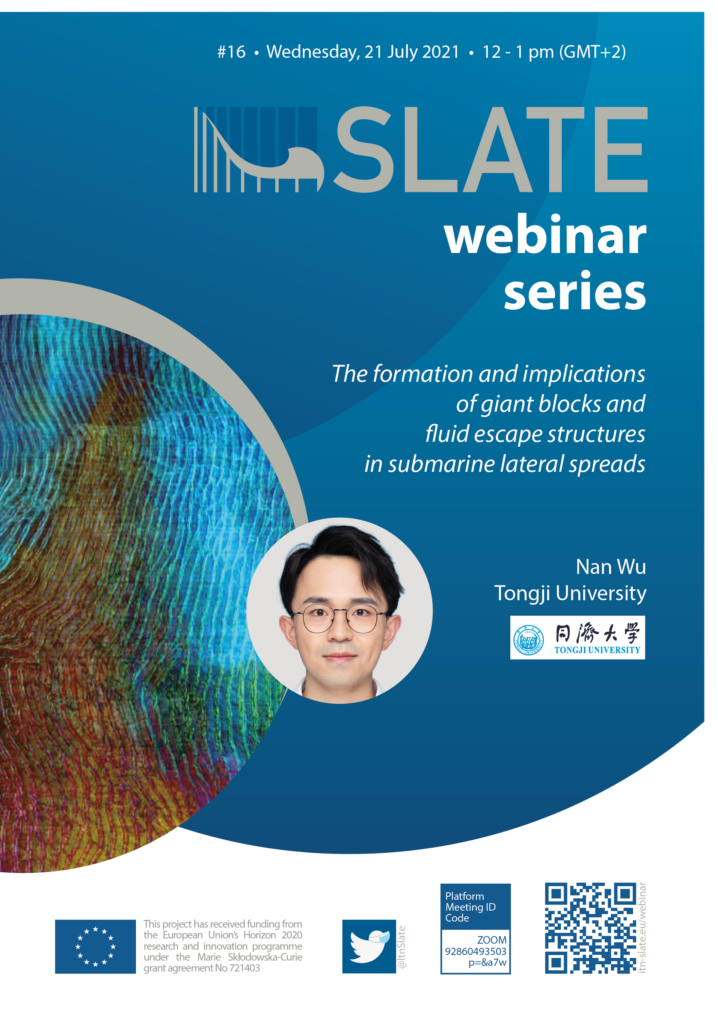
Submarine Lateral spread and submarine creep are processes that occur near the headwalls of both terrestrial landslides and submarine mass-transport complexes (MTCs). Both submarine creep and spread deposits may contain giant (km-scale) coherent blocks, but their transport processes remain poorly constrained. Here we use seismic reflection data to determine the geometry, scale, and origin of a Late Miocene mass-transport complex (MTC) located in the Kangaroo Syncline, offshore NW Australia. We show that this large remobilised mass of carbonate ooze is c. 170-300 m thick and covers an area of at least c. 1050 km2. The deposit is defined internally by two distinct seismic facies: (i) large, upward-tapering blocks (210-300 m thick, 170-210 m wide, and 800-1200 m long) with negligible internal deformation, which decrease in height and spacing along the transport direction (identical, but in situ, seismic facies forms undeformed slope material immediately updip of the deposit headwall); and (ii) troughs (160-260 m thick, 190-230 m wide and 800-1200 m long) comprising moderately deformed strata, which contain ‘v’-shaped, pipe-like structures that extend upwards from the inferred basal shear surface to the top surface. The lack of deformation within the blocks, and their correlation to adjacent in-situ deposits, suggests they underwent limited transport (c. 50 m-70 m). The relatively high degree of deformation within the intervening troughs is attributed to the vertical expulsion of fluids and sediment during hydraulic failure of the sediment mass. We present a hydraulic failure model invokes evacuation of the lower slope by a pre-cursor MTC that formed the space to trigger the lateral spread. Our study provides new insights into the genesis and rheology of subaqueous lateral spreads. The genetic links identified between mass wasting and spatially-focused fluid flow indicate that, as well as disturbing the deep seafloor, submarine landslides may also create important deep-sea biodiversity hotspots.
- Wednesday, 21 July 2021
- 12 pm – 1 pm (GMT+2)
- via ZOOM
- permanent Zoom Link
- ID: 928 6049 3503 Code: p=&a7w
Webinar Flyer:


